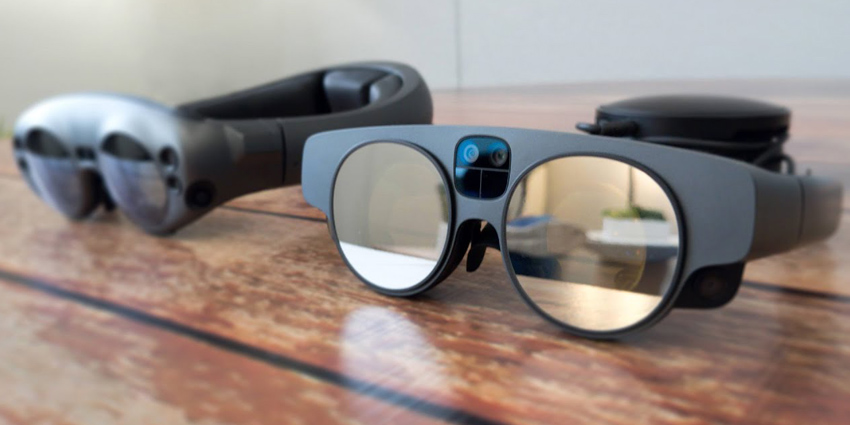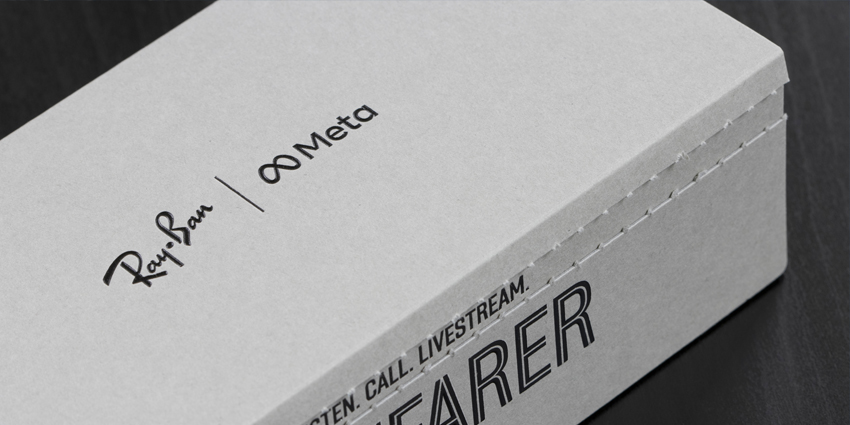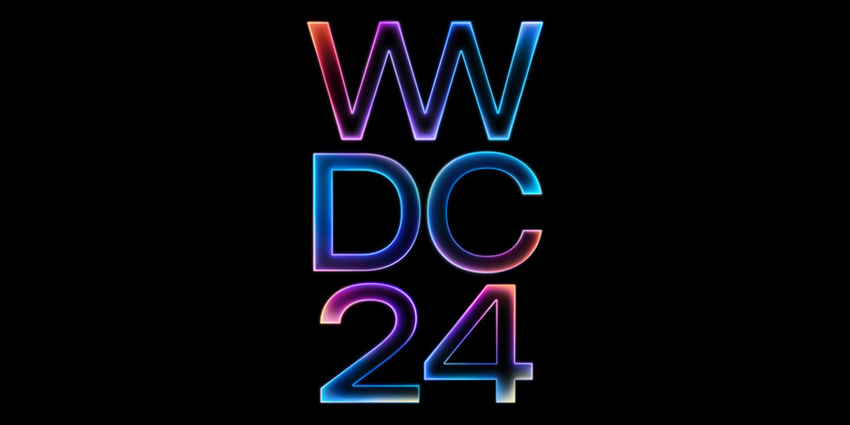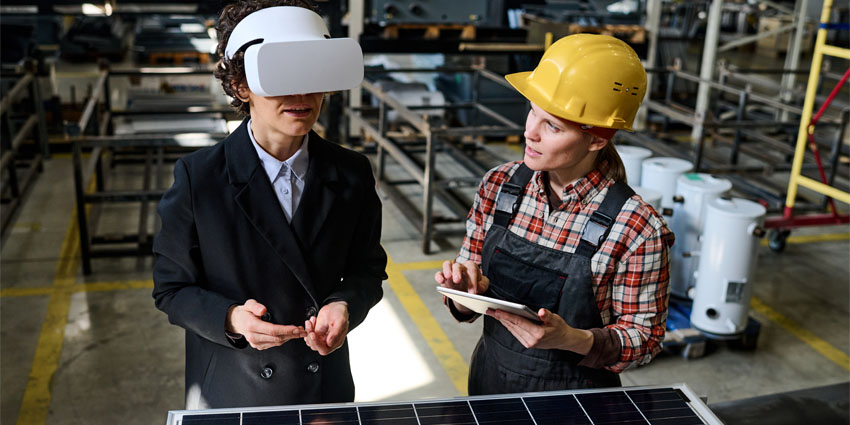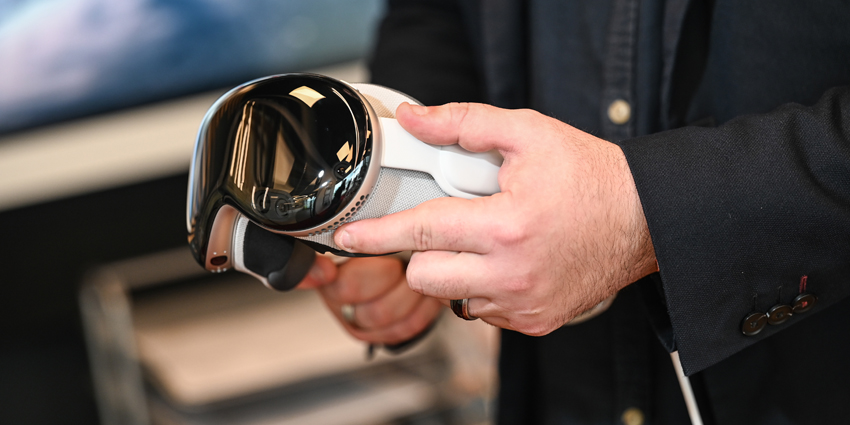The first version of the Magic Leap augmented reality (AR) headsets was launched in 2018. Backed by investments from AT&T, NTT Docomo, and several other organizations, the company launched a revolutionary headset that would seamlessly superimpose 3D objects and simulated elements onto real-world surroundings.
However, the Magic Leap 1 received a lukewarm reception from the market, particularly with stiff competition from players like the Microsoft HoloLens 2. Despite this, its primary selling point remained that it would offer an ergonomic and truly wearable augmented reality device that would work as a standalone headset without any wired or bulky hardware setup holding back the user experience.
We are excited to announce that our amazing Design team earned an @iFDESIGNAWARD Gold Award for 2022 for the design of Magic Leap 2. iF Design noted that the device “sets the standard for next-generation AR while striking a modern silhouette.” #TechNews https://t.co/rNw9RdVYnZ pic.twitter.com/MKjeeWlaZ3
— Magic Leap (@magicleap) April 12, 2022
Currently, four years after the first edition, the company has finally announced Magic Leap 2.
What is Magic Leap 2?
Magic Leap 2 is the newest AR device from Magic Leap, the startup powered by a recent round of funding from an undisclosed vendor. It is a powerful device that will sell at a premium price point, competing against enterprise and consumer-grade immersive reality wearables.
Magic Leap 2 targets use cases in healthcare, manufacturing, defence, and the public sector. Enterprise customers will also gain a slew of pre-built industry solutions from the next-gen headset such as:
- An engine to build AR-based user training experiences
- Remote guidance for technicians from anywhere in the world
- Collaborative viewing of photorealistic 3D images in healthcare
- Immersive experiences for skills mobility
- 3D simulation for collaborative design and reviews
- AR-backed content management and collaboration
Magic Leap 2 was announced in October 2021 and will officially launch later in 2022. The Plantation, Florida-based startup mentioned the device is not yet available for sale and regulatory approval is still pending. As such, the exact specs of the device may change before it becomes available for purchase.
What Can You Expect from Magic Leap 2?
Magic Leap 2 introduces a few subtle changes to the AR device while maintaining the original’s sleek form factor and ease of use. Based on early announcements, here is what we expect:
An (even more) ergonomic form factor
Magic Leap 1 was among the more smartly-designed and comfortable XR headsets available in the market at the time. With Magic Leap 2, the company streamlines the form factor even further, and the device will be up to 50 percent smaller, and more compact than the original.
However, users should keep in mind that the original design of circular glasses and a thick headband remains unchanged. But now, the headband is visibly narrower and therefore, more comfortable to wear over prolonged periods of time.
A more powerful processor
One of Magic Leap’s most unique features is a connected, hockey puck-shaped mini-computer that users can carry even as they wear the headset.
The puck computer has been reimagined from its previous iteration, both in cosmetic terms as well as its internal specifications. A matte black device replaces the original version, which had a silver sheen and more rounded edges. Underneath the hood, Magic Leap 2 will use a more powerful AMD processor instead of the older version’s Nvidia processor.
Endpoint management with VMware
In addition to announcing Magic Leap 2, the company also partnered with VMware in October last year to offer a new product for XR endpoint management – ideal for enterprise deployments.
IT administrators can use VMware Workspace ONE XR Hub to provision and manage Magic Leap 2 devices, and the offering also includes same-day support for customers. Apart from this, it will facilitate routine tasks like QR code-based device enrollment, remote OTA updates, application deployment for Magic Leap, and device profile creation.
A dramatic reduction in weight
Magic Leap was always much lighter than its market competitors, with the first version weighing just 316 grams, particularly due to the computing components housed in the additional puck device instead of the headset itself.
Despite the Magic Leap 1 weighing 316 grams, v2 is 20 percent lighter at just 252 grams. This is indeed a design revolution in XR as market competitors like the HoloLens and Meta Quest 2 weigh upwards of 400 grams.
A different set of tracking equipment
Unlike traditional VR headsets, Magic Leap does not use a two-hand controller system. Instead, it relies on a single motion control remote, which remains mostly unchanged in version 2.
However, the controller now has an additional camera mount that will enable high precision tracking with little to no occlusion. The previous version used electromagnetic fields and magnetic sensors to track movements, which restricted operations related to industrial equipment. The Magic Leap 2 replaces this configuration with both sensors on the headset as well as cameras in the controller.
A greater field of view
Field of view (FoV) refers to the extent that which users can observe their surroundings without rotating their head, playing a major role in how users perceive distances in immediate surroundings.
Humans have a natural FoV of about 135 degrees horizontally, while most mainstream VR headsets support around 110 degrees of field of view.
In contrast, Magic Leap 1 offered just 50 degrees, which has now been upgraded to 70 degrees on the second edition. Comparatively, Microsoft’s HoloLens 2 has a diagonal field of view of approximately 52 degrees.
When Can You Start Using Magic Leap 2?
Enterprise customers are already testing the device ahead of its scheduled release, and the specifications could still change based on regulatory approval, but for now, Magic Leap 2 is slated to hit the shelves in the third quarter of this year.
Its pricing will be the same as or slightly higher than the first version, which was priced at $2295. More importantly, customers should note that Magic Leap 2 does away with the company’s unique technology that enables multiple focal distances at the same time, which has helped make the device more compact and user-friendly.
